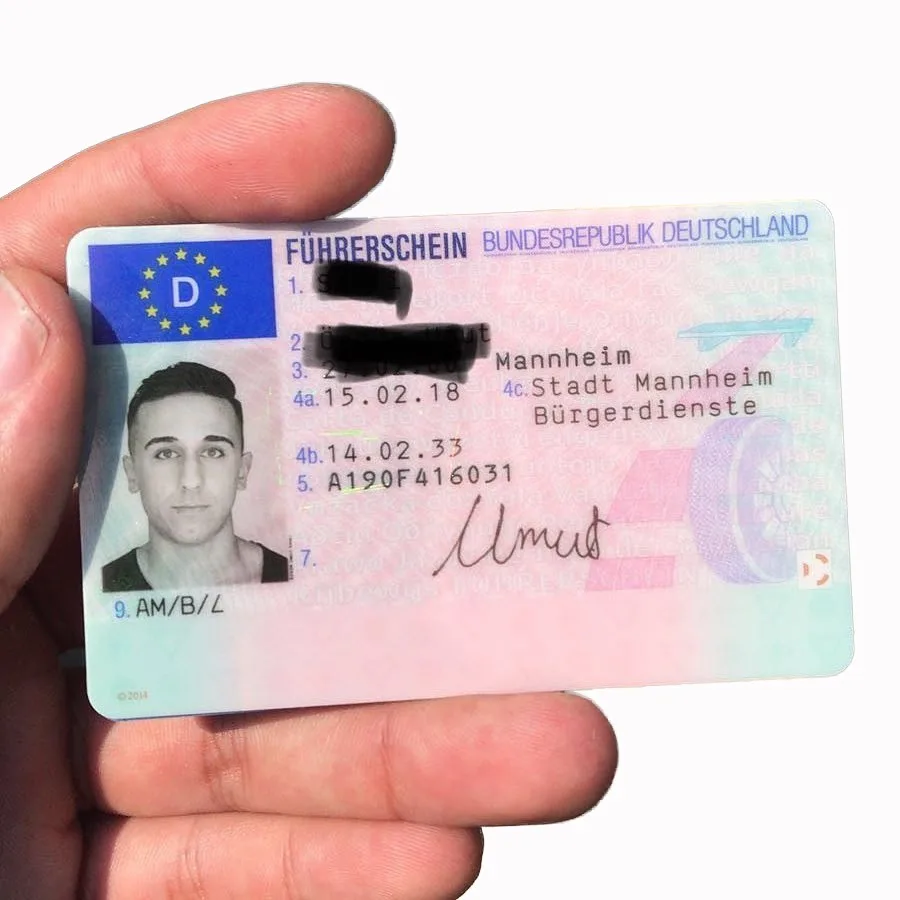Learning to Drive Without a Test: Exploring Alternative Paths in Driver Education
In an age where convenience and innovation dominate the landscape of education and abilities acquisition, the conventional design of discovering to drive-- completing a rigorous test to make a driver's license-- has come under scrutiny. For lots of, the procedure of supporting the wheel, studying hard, and passing both a written and practical driving test can be intimidating. However, emerging trends and alternative techniques to driver education recommend that there may be ways to discover to drive without feeling the pressure of a formal testing environment.
Comprehending the Traditional Model
Typically, making a driver's license requires potential motorists to go through a series of tests created to gauge understanding and practical abilities. These include:
Written Test: This assesses understanding of the guidelines of the roadway, traffic signals, and safe driving practices.
Practical Driving Test: Applicants should demonstrate their capability to operate a lorry safely and in accordance with traffic laws.
While this model makes sure that all drivers meet a minimum standard of proficiency, it can be a source of stress for lots of learners. The worry of failure, integrated with the logistics and cost related to testing, can discourage people from acquiring their license altogether.
Alternative Methods of Learning to Drive
Driving School Innovations: Many driving schools have begun to use more customized education programs that allow students to learn at their own rate. These programs typically include individually instruction with licensed driving instructors who concentrate on structure confidence rather than pressuring students to pass a test. Some modern-day driving schools even incorporate online modules where learners can study the guidelines of the roadway in a more unwinded setting before entering the car.
Simulated Driving Experiences: Advances in innovation have actually resulted in the creation of sophisticated driving simulators. These can offer important experience without the risk of accidents. Learners can practice their skills in different weather, traffic circumstances, and driving scenarios that they might not encounter in normal driving classes. This hands-on approach to learning can boost a trainee's proficiency and confidence behind the wheel.
pkw führerschein erwerben fuehrerscheinn.com -to-Peer Learning: Informal driving practice with good friends or family members can likewise work as a practical alternative to standard approaches. While this approach does not totally remove the need for official testing, it permits individuals to gain comfort and experience behind the wheel without the stress and anxiety of an official evaluation. Family or pals can offer guidance and feedback, making the learning process less intimidating and more supportive.
Flexible State Regulations: Some regions are starting to reassess their compulsory testing policies, specifically for particular demographics, such as veterans or individuals with specials needs. These changes reflect a growing acknowledgment that life experiences and driving habits may not constantly align with standard testing standards. Advocacy for a more holistic technique to assessing driving competence is becoming a topic of conversation in lots of legal circles.
Personal Certifications: In certain places, individuals may check out alternatives that focus more on mentorship and more secure driving habits instead of conventional tests. Certification through community programs or acknowledged organizations that back experiential knowing might motivate safe driving while bypassing the basic testing path.
The Benefits and Drawbacks

While discovering to drive without a formal test provides numerous potential benefits-- such as decreasing stress, cultivating a more inclusive environment for students, and focusing on skills over testing stress and anxiety-- it likewise raises issues. Critics argue that getting rid of official evaluations might result in disparities in driver readiness, potentially compromising roadway security.
Furthermore, standard testing serves not only as an examination of abilities, but as a standardized criteria that ensures all motorists have the necessary understanding to browse the roadways safely.
Conclusion
The landscape of driver education is progressing. As alternative methods of learning to drive gain traction, striking a balance in between flexibility and safety is vital. While it is clear that there are avenues for discovering to drive without the pressure of an official test, guaranteeing that all drivers keep a high standard of security should remain a top priority. In the future, we might see more customized approaches to driver education that accommodate numerous discovering designs, eventually leading to more secure, more positive chauffeurs on our roads.
